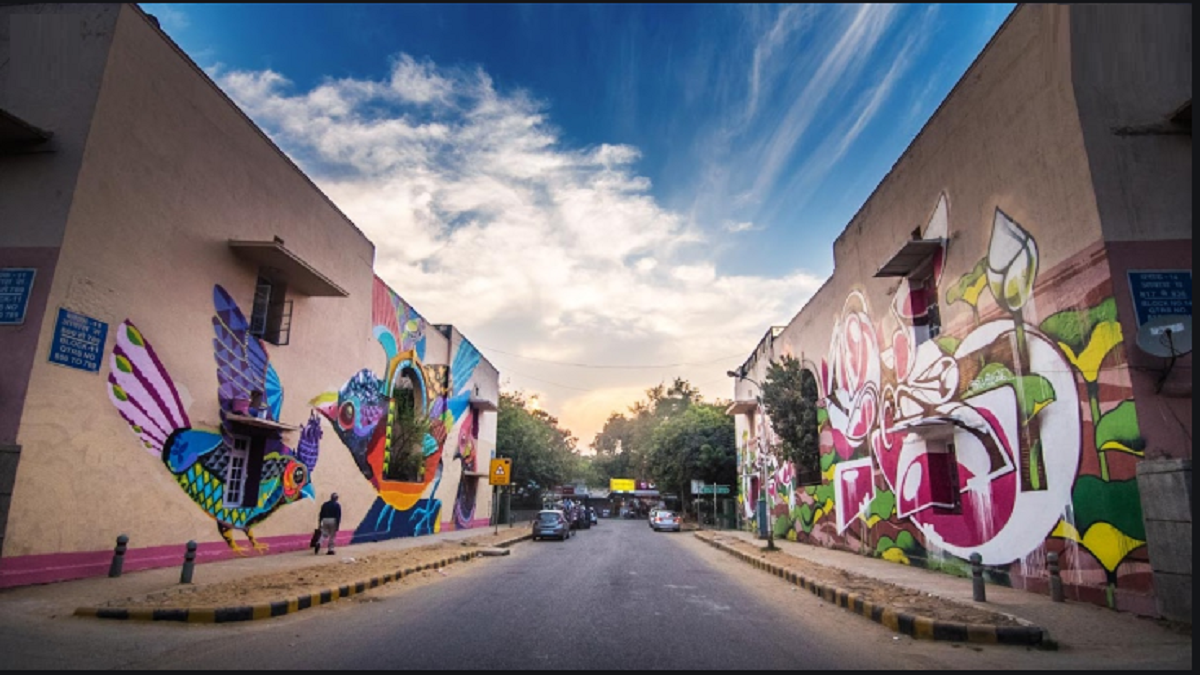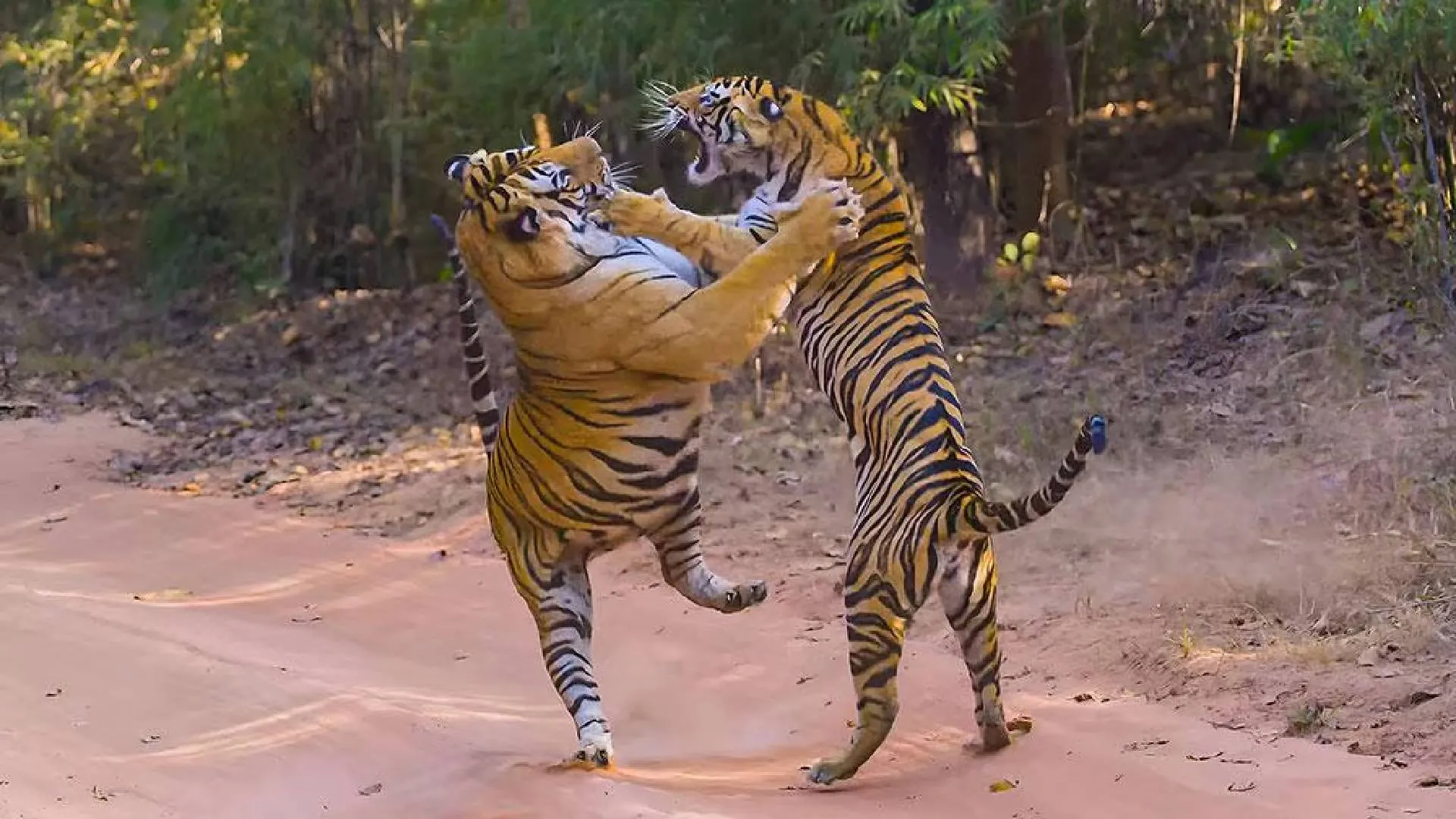Public art, as the term suggests, is art that is installed or staged in a public space or the public realm, usually outdoors. Public art projects involve an interactive and collaborative process involving artists, architects, design professionals, civic leaders, approval and funding agencies and administrators who are interested in sharing a certain vision or message to the people. While public art offers a multitude of benefits, education is perhaps one of the most significant outcomes. These exhibitions are not hidden or demand attention regardless of whether the individual has an invested interest in the cause. It forces viewers into a state of awareness which is therefore a crucial platform to creatively display art on pressing issues.
In terms of public art as a form of educating the masses, art forms such as Land Art and Ecovention come into play. The concept of Land Art originated in the 1960s predominantly in the West. It involves using natural materials as artistic instruments to create a public installation. An awe-inspiring example of land art is the Wheat Field creation by Agnes Denes in 1982. Denes pushed the boundaries of art by creating a two-acre long wheat field in the centre of New York City to juxtapose the natural world against the man-made world. This project used nothing but natural resources to grow the wheat field and it is till date considered one of the most impactful public art installations in history.
About a decade later, the concept of Ecovention was established. Land Art is a form of Ecovention where public art installations and exhibitions are created in order to intervene and stir attention about imminent threats to the environment and encourage eco-friendly practices such as conservation and reducing waste. Such installations are impactful and readily available to the public eye. As there is no entry fee, there is nothing restricting any citizen from experiencing the artwork. The educational benefits are considerable as people of a broad range of ages, backgrounds and demographics are able to interpret and learn from these works of art.
Washed Ashore is an organisation that ought to inspire all public art campaigns. This movement began in Oregon, USA, and collects plastic trash found in the ocean to create artworks that resemble animals which are then displayed publicly. The threat that plastic poses to the environment is a perfect example of an urgent issue that requires each individual to make changes in their daily consumption. The installations produced by Washed Ashore are not only well sculpted but directly showcase just how much plastic we collectively waste in a short span of time. The impact kicks in the minute the works are noticed which is not hard given their intense presence in many locations across the United States.
Graffiti is a key element of public art. This form is not as formal and does not usually involve coordination with administrators and officials. While street art can be damaging and profane, some graffiti artists are channelling their passion and creativity by leaving persuasive messages that can be highly influential. Graffiti work and artists cannot be left out of the public art conversations, as they offer a unique method to educate and mobilise the community. It’s important to note that most graffiti artists do not have any other motive than to spread their messages which adds authenticity and truth to their work. A recent example of relevant street art is the prevalence of gratitude graffiti towards health workers during the global covid-19 pandemic. Here again the authenticity and eclectic ‘vibe’ that street art gives adds a personal element to this kind of art that is very well received.
A number of artists are using their imagination and taking research out of the laboratory and into the public realm, creating interdisciplinary works of art and science. One of the most influential public artists is Jane Echelman, who created a site specific art work titled ‘Pulse’ in Philadelphia, USA, two years ago. She described the work as “a living X-ray of the city’s circulatory system”. The piece used water and colourful mist to lay emphasis on the strength of environmental forces. The rising steam evoked references to the city’s first water pumping station and the steam from the adjacent historic Pennsylvania Railroad Station, merging a celebration of history with futuristic cutting edge technology. Echelman has created installations in Madrid and London as well that speak about philosophical concepts such as time and the concept of interconnectivity. Olafur Eliasson, one of the most well-known artists of our times, has created monumental works such as The Weather Project, displayed at the Tate Modern in 2003. Here he artificially created a sun rising in the Tate›s Turbine Hall exploring common ground between art and science.
Another noteworthy public art project which succeeded in its mission to raise awareness of the key role bees and pollinators played in the ecosystem was British artist Wolfgang Buttress’ creation ‘The Hive’. Installed at the Kew Gardens in London, the work drew inspiration from the sentiment of connecting man with natural elements of the world. The hive raises awareness about the functions and various kinds of bees that exist in the world.
As a curator, I have been interested in art that seeks to activate and initiate a paradigm shift that can allow us to imagine and reshape our thoughts. In 2017 I was fortunate to be invited to curate the first edition of the Elephant Parade in India. The project was launched across major cities in India— Jaipur, Kolkata and Delhi, with a grand citywide exhibit in Mumbai. The public art project consisted of 101 elephant sculptures by renowned artists and creatives which were displayed around prominent locations in the city. The aim of the project was to generate awareness about the danger of extinction that the species of elephants in India might face due to unethical human practices. My takeaway from this movement was that art can instil change and ignite passion. While exhibitions and auctions are one step towards promoting these changes, nothing will compare to the effect that public art has on people.
Public art movements have been growing around the world for several years now and much of this is because of local government policies that encourage such movements. The Indian government is yet to review our public art policy. Traditional views equate public art to statues that are outdated, time-consuming and costly. Public art has only recently been welcomed in India and in my opinion we have a long way to go to fulfil its reach and potential to drive change.
Farah Siddiqui Khan is a wellknown curator and art consultant based in Mumbai.
Copy edited by: Ambika Hiranandani























